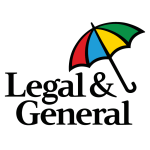"A mortgage broker can help with this process, offering advice tailored to your situation and access to a range of mortgage products."
UK Care Guide Tweet
Advantages and Disadvantages of UK Mortgage Basics and Types
When considering taking out a mortgage in the UK, it can be useful to weigh the benefits and drawbacks. Whilst mortgages can help enable many to purchase property, they can also come with obligations and risks.
Below, we provide some insights into the advantages and disadvantages of mortgage basics and types in the UK.
Advantages of UK Mortgage Basics and Types
The UK mortgage market offers a range of options to suit different financial situations and preferences. Below are several advantages of the diverse mortgage landscape in the UK.
1) Access to Property Ownership
– Mortgages give flexibility for individuals to buy property without needing the full purchase price upfront, making homeownership accessible to more people.
– Mortgages can be a form of ‘forced savings’, as regular mortgage repayments contribute towards property ownership, an asset that may appreciate over time.
2) Variety of Mortgage Products
– A variety of mortgage products are available to meet various needs, such as fixed rate mortgages for budgeting certainty or tracker mortgages for those looking to capitalise on low interest rates.
– First time buyers, in particular, might find products tailored to them, like lower deposit requirements, helping them get on the property ladder.






















